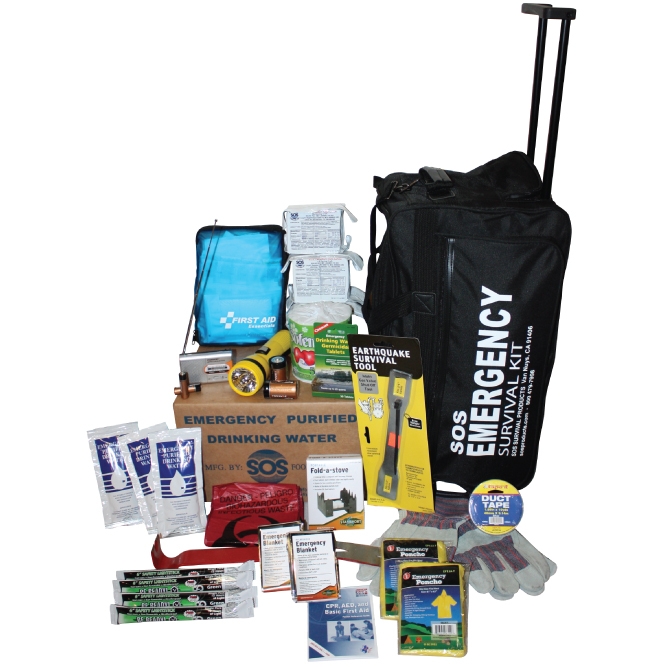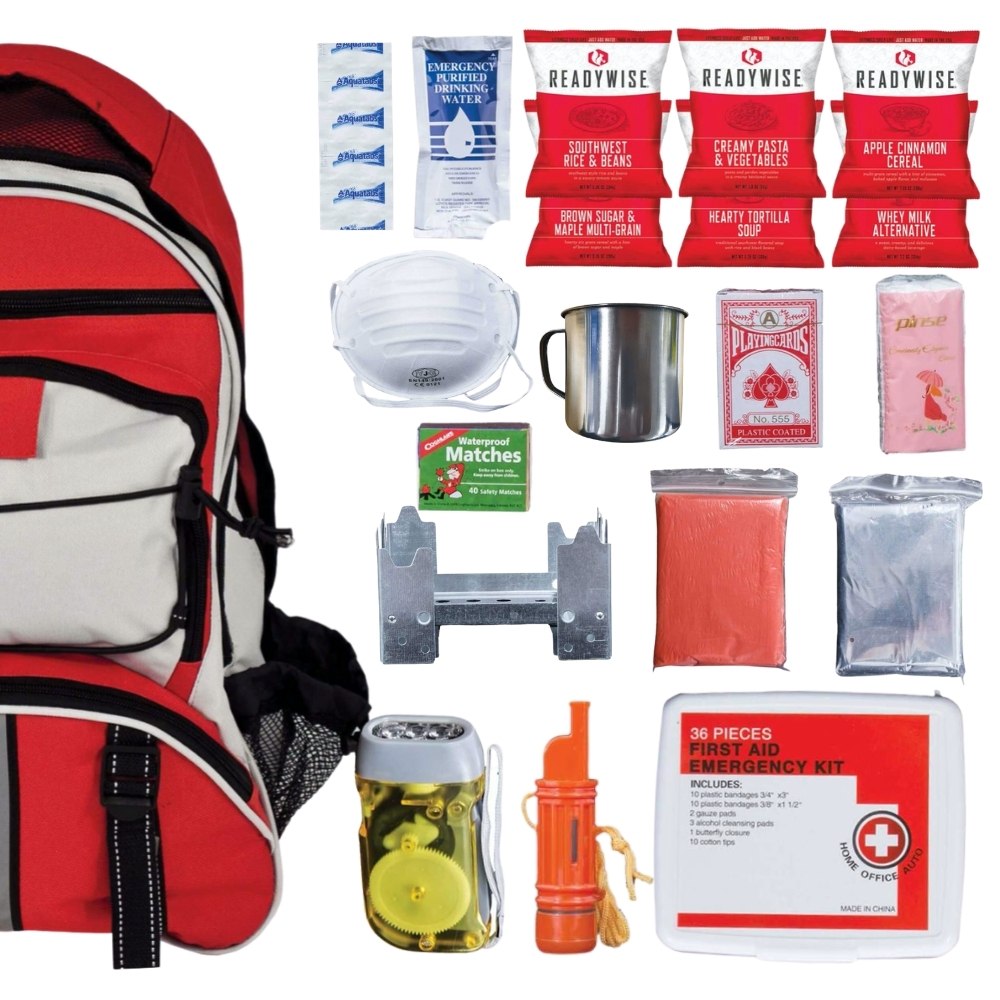Take Control with Emergency Preparedness: Shielding What Issues A Lot Of
Take Control with Emergency Preparedness: Shielding What Issues A Lot Of
Blog Article
Just How to Create an Extensive Emergency Preparedness Strategy
In the world of readiness, developing a thorough emergency situation plan is not simply a job to mark off a checklist; it is a vital keystone of any kind of organization or individual's resilience approach. From all-natural calamities to unexpected crises, the capability to expect, mitigate, and react successfully can indicate the distinction between mayhem and control. By meticulously crafting a strategy that addresses various facets of emergency administration, including danger analysis, communication procedures, resource allocation, and strategic decision-making, one can lay a strong foundation for protecting procedures, lives, and possessions. Nevertheless, real effectiveness of such a strategy lies not only in its development however also in its ongoing maintenance and adjustment to advancing threats and difficulties.
Significance of Emergency Readiness
Emergency readiness is crucial for alleviating potential risks and making certain the safety and security of neighborhoods and individuals. In today's world, where natural catastrophes, public health and wellness dilemmas, and other emergency situations can strike without caution, being prepared can make a substantial distinction in decreasing the influence of these events. By having a well-balanced emergency readiness strategy in area, people and organizations can respond efficiently, protect lives, and lower building damage.
Among the key reasons why emergency situation preparedness is important is its role in conserving lives. When emergencies take place, having a plan that details clear procedures for emergency, emptying, and interaction response can assist people act swiftly and decisively. This can prevent injuries and deaths by guaranteeing that individuals recognize what steps to require to remain secure
In addition, emergency situation preparedness improves the durability of areas. By promoting a culture of readiness and preparation for different scenarios, communities can recover quicker from interruptions and calamities. This resilience is important for maintaining security, connection of procedures, and general health when faced with hardship.
Assessing Prospective Risks
Considering the significance of being planned for unpredicted events, the preliminary step in establishing an efficient emergency preparedness strategy involves thoroughly reviewing and assessing possible threats. This assessment calls for an extensive evaluation of all feasible risks that might affect the organization, taking into consideration variables such as location, industry, and historical information on incidents. By determining these risks, companies can prioritize their preparedness initiatives and allocate resources successfully to minimize one of the most substantial risks.
Usual risks that organizations may face include natural catastrophes like quakes, floodings, or typhoons, technical hazards such as power blackouts or data violations, in addition to human-caused threats like accidents or deliberate acts of violence. Conducting a risk assessment also entails taking into consideration the prospective effect of these events on the company's operations, workers, consumers, and reputation. By conducting a detailed threat evaluation, organizations can develop tailored emergency response strategies that resolve their specific vulnerabilities and ensure effective preparedness for any potential situation.
Developing an Interaction Strategy
Developing a detailed and clear communication strategy is necessary for reliable emergency situation preparedness within organizations. In times of crisis, interaction plays a crucial function in guaranteeing the safety and security and well-being of employees, stakeholders, and the area. A well-balanced communication strategy ought to lay out clear lines of interaction, mark crucial workers in charge of communication tasks, and develop procedures for disseminating details rapidly and accurately.
One trick aspect of developing a communication strategy is determining alternating and main interaction networks (EMERGENCY PREPAREDNESS). These can consist of e-mail, text messaging, phone trees, social media systems, and public address systems. It is important to make certain that these channels are trusted, available, and consistently tested to guarantee their efficiency throughout emergencies

Building an Emergency Situation Kit
Given the essential value of readiness in times of crisis, a vital component that companies must address is the establishment of an emergency kit. When constructing an emergency package, it is necessary to consider the details needs and scenarios of the company. Additionally, companies should consist of vital files, such as get in touch with checklists, insurance info, and emergency situation response plans, in water resistant containers within the package.
Developing Evacuation Procedures
To guarantee the safety and security and organized discharge of workers throughout emergencies, organizations should develop clear and reliable evacuation procedures. Emptying procedures must incorporate an array of possible circumstances, consisting of fires, all-natural calamities, or various other emergencies that require swift evacuation.

Additionally, organizations need to establish a system for bookkeeping for all employees throughout an evacuation to ensure that everybody has actually safely exited the facilities. Interaction plays a crucial function in emptying procedures, with you could check here clear instructions on how to evacuate and when to do so. Regular review and upgrading of evacuation procedures based upon responses and changing conditions are vital to maintaining the efficiency of the strategy.
Final Thought
To conclude, establishing a thorough emergency situation preparedness strategy is important for making sure the safety and wellness of individuals in the event of a calamity (EMERGENCY PREPAREDNESS). By examining potential dangers, developing an interaction strategy, constructing an emergency situation package, and establishing discharge companies, treatments and people can be better equipped to react effectively to emergency situations. It is essential to focus on readiness initiatives to reduce the effect of calamities and protect lives and residential or commercial property
In the world of readiness, establishing a thorough emergency situation plan is not just a task to check off a checklist; it is a crucial keystone of any organization or individual's strength method. When emergency situations occur, having a strategy that details clear treatments for interaction, discharge, and emergency feedback can help people act quickly and decisively. read more. By conducting an extensive threat analysis, companies can create customized emergency situation response strategies that resolve their specific susceptabilities and ensure effective preparedness for any type of prospective dilemma
Establishing a clear and thorough interaction strategy is necessary for reliable emergency situation readiness within organizations. By evaluating potential risks, creating an interaction strategy, developing an emergency kit, and establishing discharge treatments, organizations and individuals can be better outfitted to react efficiently to emergencies.
Report this page